January is traditionally a time to make lists of rash promises that you have no intention of keeping past the middle of the month. I’ve long since given up trying to convince myself that I’ll be more organised or drink less or ever tidy the mountain of receipts and to do lists and business cards belonging to people I don’t remember meeting from my desk. So instead of making a list of unrealistic goals for myself, I thought I would make a list of hopefully achievable things that I would really like to see in our beer industry this year. Ever since Covid – possibly even before – I feel like SA’s beer scene has been losing momentum, and I think 2024 is our year to get our mojo back. Here are some new year wishes for my beloved beer industry.
1. Phase out the hazies
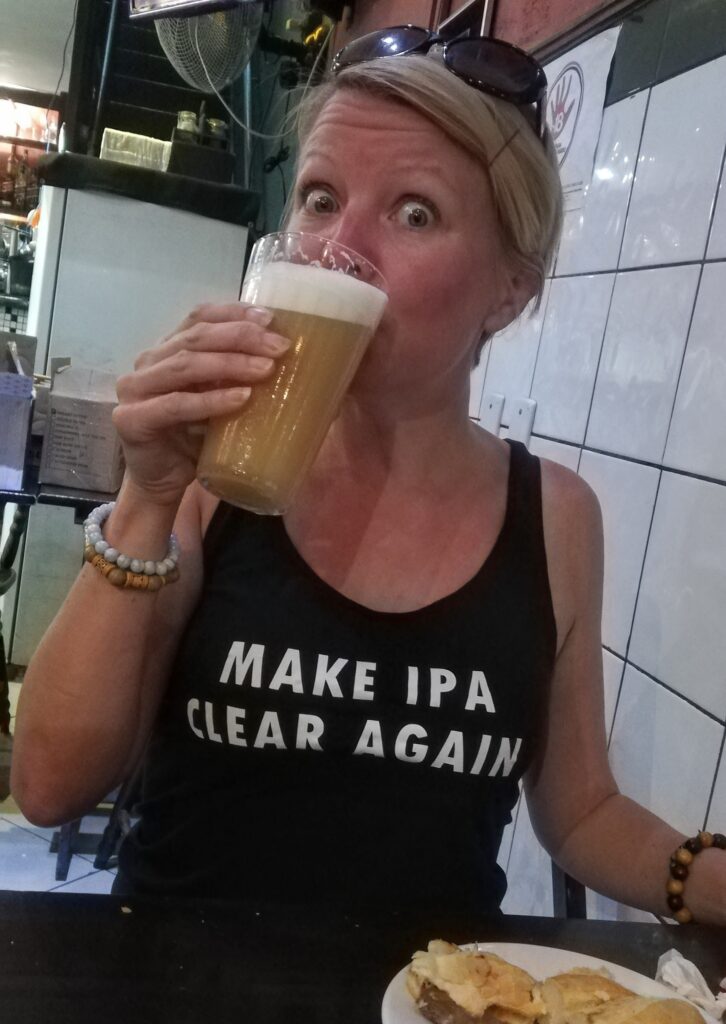
Even I drink them sometimes…but I’d like to have the option not to!
People drink craft beer for a range of reasons – to stick it to the man, to support a small, local business, because they don’t like the taste of mainstream lager. I do prefer to support a small business if I can, but it’s this last point that rings truest for me. It’s not that I don’t like mainstream lager, but more that after a pint or so, it bores me. Before the “craft beer revolution”, your best bet was to change from one brand of lager to another and hope that you could convince yourself there was much difference in flavour. But now we have about 150 craft breweries, and the BJCP recognises about 130 beer styles – beer has never been more diverse!
I love craft beer for its variety. I love walking into a brewery and having to order a taster tray because I couldn’t possibly manage a half pint of every style on offer. I love that there are different beers for different occasions, different dishes, different times of day and different seasons. And yet, lately I find myself in a similar situation to SA circa 2012. The only difference is that now, instead of being faced with six different lagers that I wouldn’t be able to tell apart if I hadn’t seen which tap they were poured from, I’m now faced with six hazy IPAs so similar that I often wonder if the brewer could identify them blindfolded.
Now I understand why this has happened. The IPA has long been the darling of the global craft beer community – a buzzword that those new to the scene wanted to utter to their bartender. But while plenty of people want big flavour in their beer, most don’t want the big bitterness that generally accompanies it in an IPA. The hazy IPA has all the hop aroma and flavour without the bitterness and has become a global phenomenon that sadly didn’t turn out to be a fad like the less loved but (in my opinion) more lovely black IPA.
Credit where it’s due: the hazy IPA has actually done wonders for the beer industry, luring in people that hitherto thought all beer was too bitter for them to enjoy. But brewers need to remember that not everyone likes beer that tastes like juice. Some of us crave the crisp bitterness of a proper West Coast IPA. Sure, have a hazy IPA or hazy pale ale in your stable – hell, have two or even three. I know you need to make money and I want your brewery to thrive. But when I walk into a brewery and there’s little other than hazy pales on tap, well, it makes me crave the palate cleansing bitterness of a good gin and tonic. And I really don’t want to have to order a G&T in your brewery.
2. More beer events, more often

Banana Jam/ACBC are great at making a beer launch into a proper occasion. More!
Last year someone pointed out to me that Cape Town no longer has a proper beer festival. We used to have loads. There was the magnificent Woodstock Winter Beer Fest, the way ahead of its time Hop ‘n’ Vine, the annual Southyeasters Summer Fest and of course the Cape Town Festival of Beer, signalling the start of the party season with three days of beer and live music. The only beer fest that I can think of that happened in the Mother City last year was a little thing at House of Machines that had less beer options that my local Pick ‘n’ Pay liquor.
But that’s not even the point. It’s not necessarily large scale beer fests that I’d like to see more of (though I wouldn’t complain). Just more events in general. More pairings, more meet the brewer nights, more beer launches – just more stuff to get more people interested in more beer. And to make sure I’m out enough evenings to guarantee that my neighbour earns the requisite babysitting money to send him off on his post-Matric trip around Europe.
3. Restaurants taking beer seriously
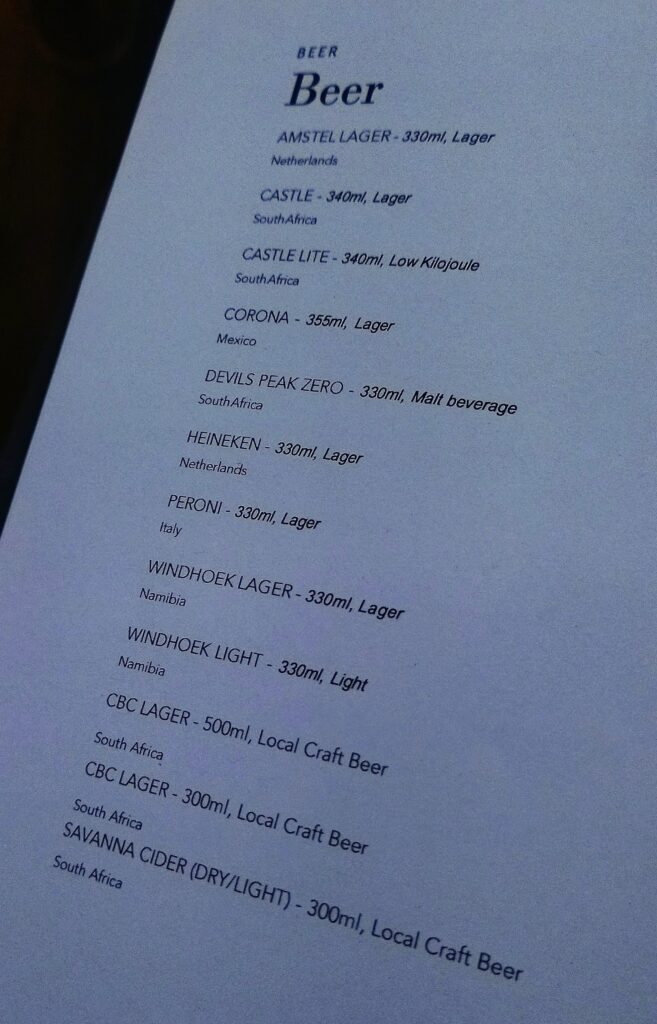
Lager, lager, lager, lager, lager! And one cider. At least they had the beers on the menu I suppose. Call it a win
It’s been just over 13 years since I moved to Cape Town, and a similar amount of time since craft beer started to become a thing in South Africa. And it’s also been about 13 years that I’ve been waiting for South African restaurants to wake up and realise there’s more to drinks menus than wine and gin. God it never ceases to amaze and annoy me that most restaurants in this country – whether fancy fine dining spots, chain restaurants or family-owned neighbourhood joints – do not put beer on the menu. You can guarantee wine will be there. Spirits and soft drinks too. Then coffee, tea, shooters, cocktails – FFS even water somehow makes it onto menus but often, beer for some unfathomable reason does not.
Actually it’s not that unfathomable. There is still, after all this time, a feeling in SA that “beer is beer”, that people are brand loyal and will just ask for their Castle or Heineken or Black Label. Or that there is only one type of beer in the world and that folks just want to walk into a restaurant and order “a beer”. This shit must end! Beer pairs every bit as well with food as wine does (far better in many cases). It has as much variety and depth of flavour as wine or cocktails and far more than coffee or tea.
So, restaurateurs, for the love of god start listing your beers on the menu, start stocking more than five types of mainstream lager and two token craft lagers (if you have five lagers, you do not need Devil’s Peak lager and Jack Black lager as well – if someone wants to drink craft beer in your restaurant I guarantee you they would LOVE to have the option of a pale ale and an IPA, not just another lager). And if you’re the type of place that offers pairing evenings, at least once a year how about putting on a beer and food menu amongst all those multi-course wine banquets (and no, that doesn’t mean swapping your fancy food for burgers and boeries. Don’t even get me started on that). If you need some help putting together pairings, or someone to host your event, drop me a line – I’m an Advanced Cicerone (akin to a beer sommelier) and I would love to help you out.
4. Bars starting to actually understand craft beer
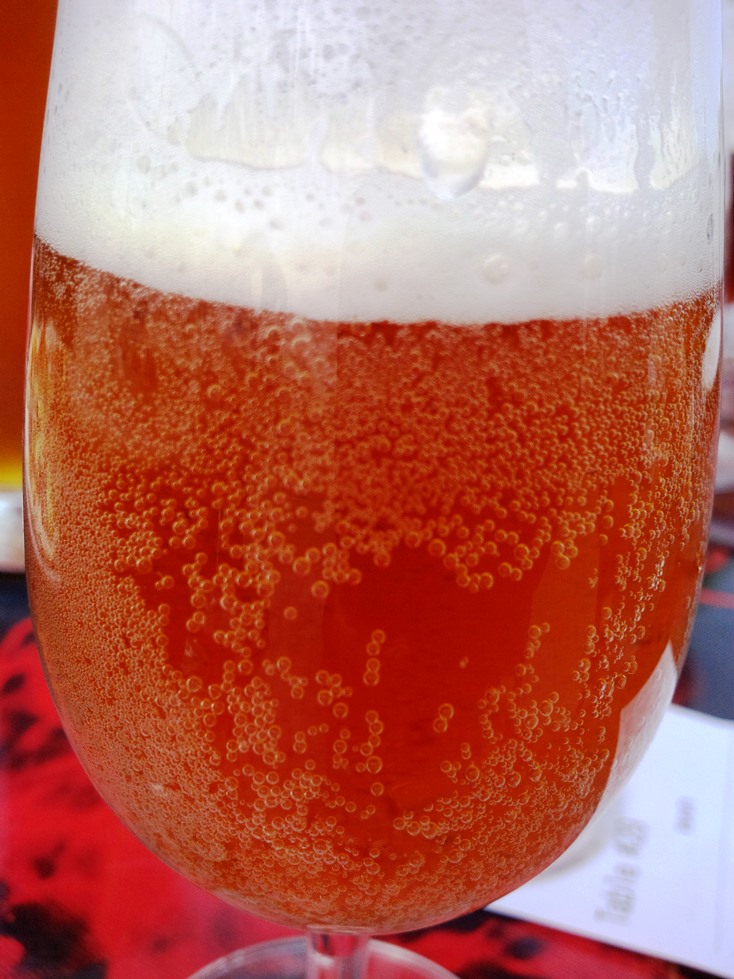
Dear bar staff and manager everywhere – this glass is gross. Never ever hand a beer to a customer if it looks like this
It’s not just restaurants that are failing in the beer department. I’d love to see how many hours per year are spent on beer training versus, say cocktail classes or coffee training in the average bar. It’s still rare, outside of the well-respected beer establishments, to find a bartender that knows the different between a pilsner and pale ale, or can spot when a beer is poured into a dirty glass before it makes its way into some soon-to-be-sad beer lover’s hand. Beer lines often can’t be trusted to be clean and most bar staff seem to have been deprived the most basic of training when it comes to troubleshooting or recognising a beer that smells or tastes like it shouldn’t.
The main onus here must fall with the breweries that supply their beer. If a brewer is selling beer to a bar or restaurant, I feel it must come with some training – at least for the managers – on how to store and pour, what constitutes a beer clean glass, how to spot when there’s something wrong with the beer on tap and how to explain the beers to an inquisitive consumer. Of course, bar owners and managers should be seeking out this training and making sure their staff are given instruction beyond ‘this is how to pour a beer and this is how to change a keg’. And if you’re a confident beer nerd, I’d encourage you to tackle the manager when you encounter a sub-par pint. If enough people say the same thing, maybe we can effect a little bit of change.
5. Better beer
I think one of the reasons I have become a bit disillusioned with the industry of late is that I’m bored. My fridge is generally full of the same beers from the same breweries and while I (obviously) love those beers, I want to be able to walk into my local liquor store and pick eight different beers from eight different breweries off the shelves, take them home and enjoy them. But over the past few months, whenever I’ve tried this I have often ended up watering my plants, sadly pouring beer down the drain or sipping through it in disappointment, stubbornly refusing to dump a R40 beer however much I’m not enjoying it. So these days I scan the shelves and always seem to end up with beers from the same half-dozen breweries because at least I know I won’t end up feeling like I wasted my hard-earned rands on them.
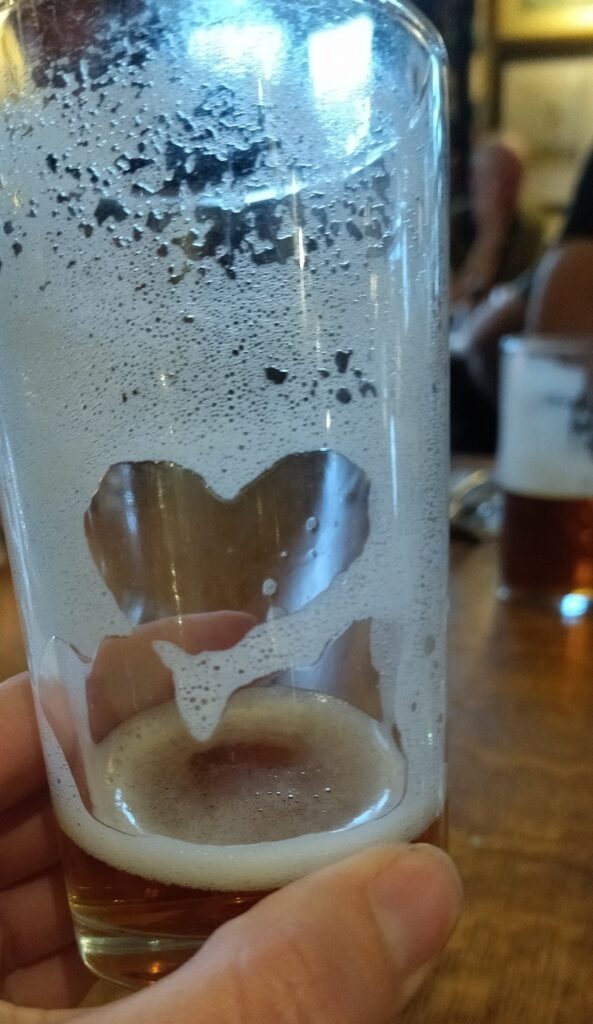
I love good beer. And it loves me back!
I feel that overall, quality has deteriorated since Covid and it makes me in equal parts mad and sad. Before I continue it’s important that you know this is not an across-the-board thing. We have some fantastic breweries pumping out beers that could easily compete in an American craft beer fridge. And we have breweries producing perfectly good, everyday drinking beers. But quite frankly, we also have a lot of stuff that’s the result of a poor recipe, poor brewing techniques, poor brewday note-keeping or poor packaging.
Now I don’t just want to rant and moan here without offering any solutions. So brewers, if you’re still reading, here are a few ideas. First of all, if you don’t already have batch numbers and/or brewed on dates printed on your cans and bottles, please start. If something goes awry with one of your beers and a consumer complains, without a batch number you have no idea when that beer was brewed or what went wrong. And keep notes. Copious notes of every brewday and every fermentation. Taste the beer at every stage and write down your findings. I would also love to see more breweries introducing some sort of sensory panel as a part of their quality control. This can cost you virtually nothing and save you lots of money in the long run, avoiding lost sales when your beer doesn’t taste like it should. I won’t ramble on here, but please get in touch if you’re interested in setting up a sensory panel/quality control programme at your brewery. And finally here, a note to stockists of craft beer. Invest in fridges and keep it all in there. Beer ages quickly on a South African shelf in summer. Stop it.
6. Education, education, education
In the end, this is what it all comes down to. Brewers need to educate their staff to spot faults and flavour fluctuations in beers. Restaurant and bar owners need to invest in training to ensure that their staff know how to pour a great beer – and how to recognise when the one they’ve poured isn’t up to muster. Brewers need to make sure that their clients keep beer cold and know what said beers are meant to look, smell and taste like. And I need to use my Cicerone qualifications for something more than ranting on this blog.
Here’s to a beautifully beery 2024.




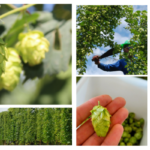

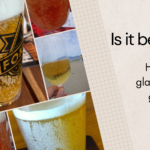
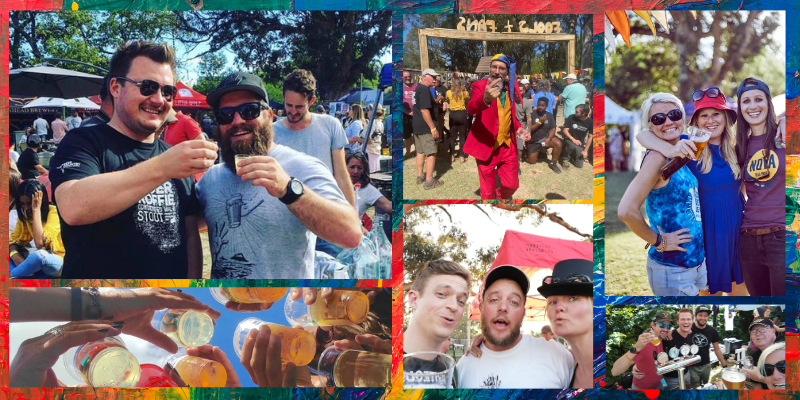
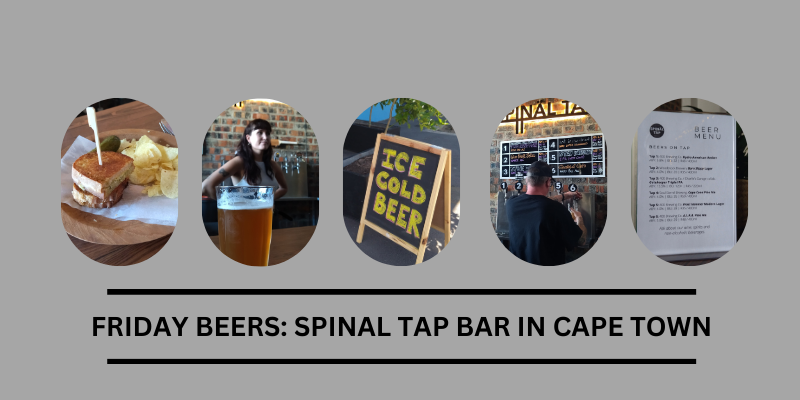
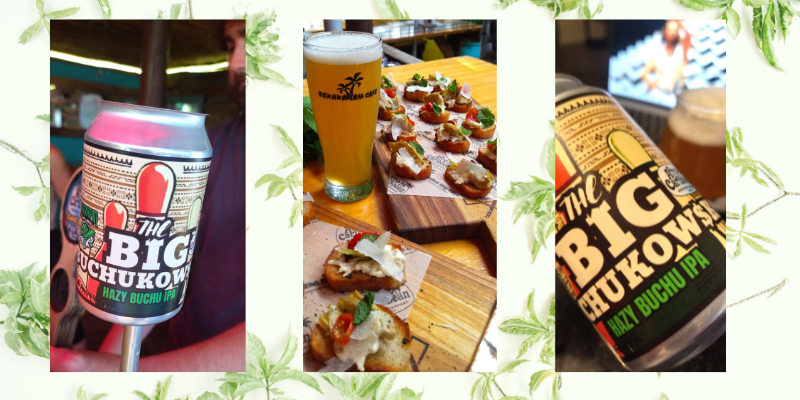
great read
Great post – as an ex-producer I identify with a lot of these industry observations.
Great post! On #4, I have had sour/off draught beers in numerous places. Sometimes subtle, sometimes very obvious. I then wonder if they don’t sell many of those or what. I rarely even mention it to the establishment because they typically have no clue and can’t taste what I taste so it becomes a futile exercise. But I always contact the brewery, sommer right then while I’m choking on the beer. They usually reply a few days later to say thanks & they have sorted it, but I wouldn’t know because I’m not going back there any time soon. (and none have ever sent me a “thanks for helping to protect our good name” 6pack!)
Keep fighting the good fight Leon! We’ll get there in the end…
Fuck the Haze! Somebody call Jerry’s about their glasses! Great post Lucy
Lolsies – this comment made me chuckle.
Agree Lucy, nothing like a crisp IPA and nothing better in winter than a Black IPA!
Good luck. Most people think Hennie’s is the pinnacle of the pub scene.
As long as Hennie keeps his glasses and his lines clean, I’ll call it a win.
Another point to consider why restaurants dont serve craft on tap is because of a lack of consistency and availability from their local brewery. Also, not having the means of storing the kegs cold to keep them fresh. So those who try without investing in storage and training, sadly fail dismally.
Great read, cheers to better beer in 2024!
I would like to see places serving halves, thirds, or schooners. I often don’t want a whole pint, or would like to try one or two different things without buying a tasting flight.
Cheers to six brilliant points for 2024 and beyond! Cheers!
Cheers Ryan 🍻
If not your best and most heartfelt and relevant article, definitely up there with the others, which I obviously missed. Well said and done.
Thank you sir. I very much hope we’ll see ctfob back in all its glory in 2024. We miss it much!
Yes Martin – dammit,,, bring back CTFOB! 🙂
Lucy – you hit the nail on the head, as a supplier and owner of both beer and wine brands, there needs to be more knowledge passed on and training. Something that’s done repeatedly in the wine industry. Will be in touch to chat. – more collaboration between breweries too to encourage education and events to… lots of work to crack on with. Thanks for always pushing and taking the lead. Cheers 🙂
Thanks Dane. Would love to chat and potentially work together this year. 🍻
Great post. I agree with all of that.
I really miss local CT beer festivals especially the big one at Hamilton Rugby Club (HRC). I think the organisers did something at Durbanville this year? Do you know if there is any plan to return to the HRC venue in 2024?
The other thing I miss is craft beer pubs that have a decent selection of taps across a range of brewers. In CBD there’s really only Beer House on Long Street that I can think of and I had a horrible beer experience there when I went in a month or so ago which I hope was a one-off but that hasn’t made me feel like going back since.